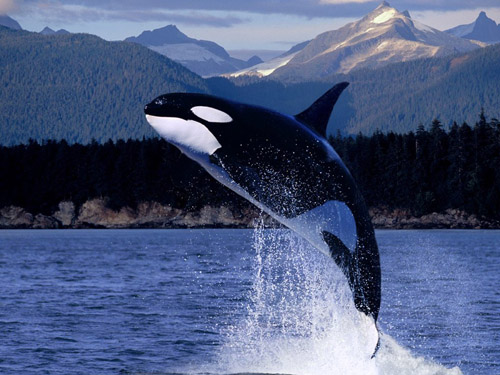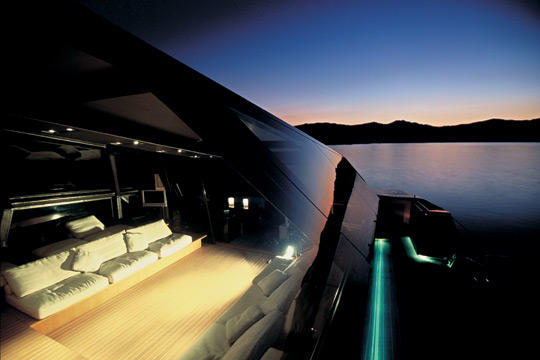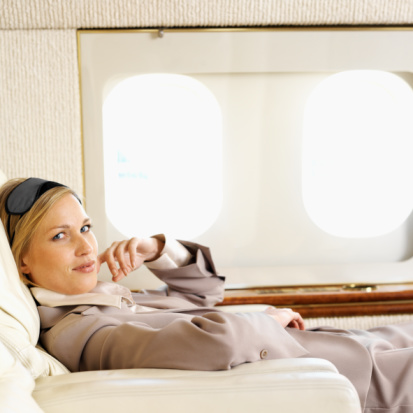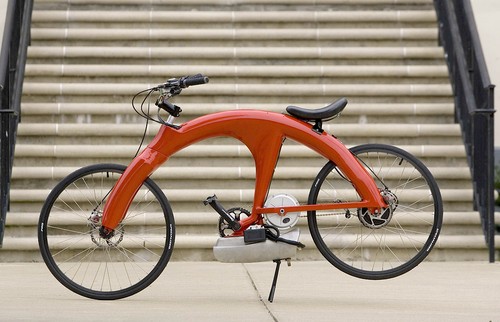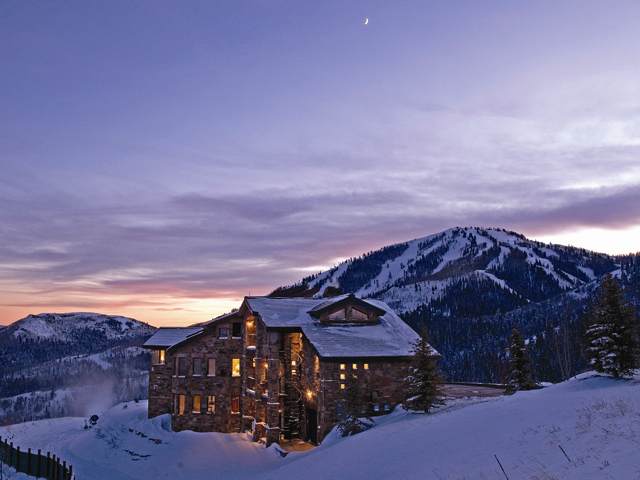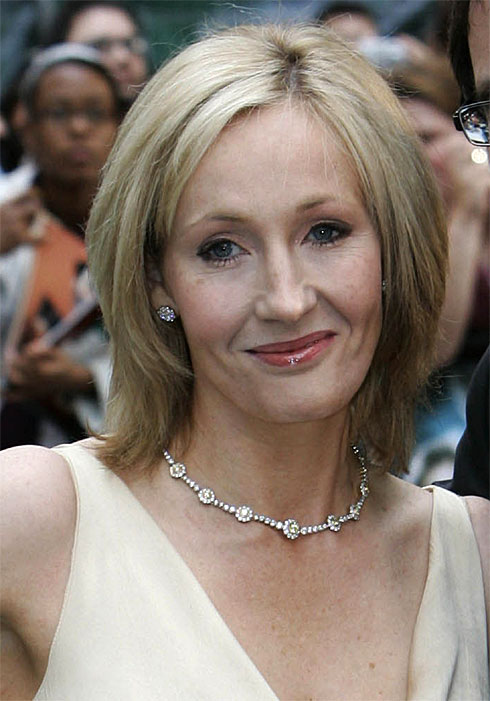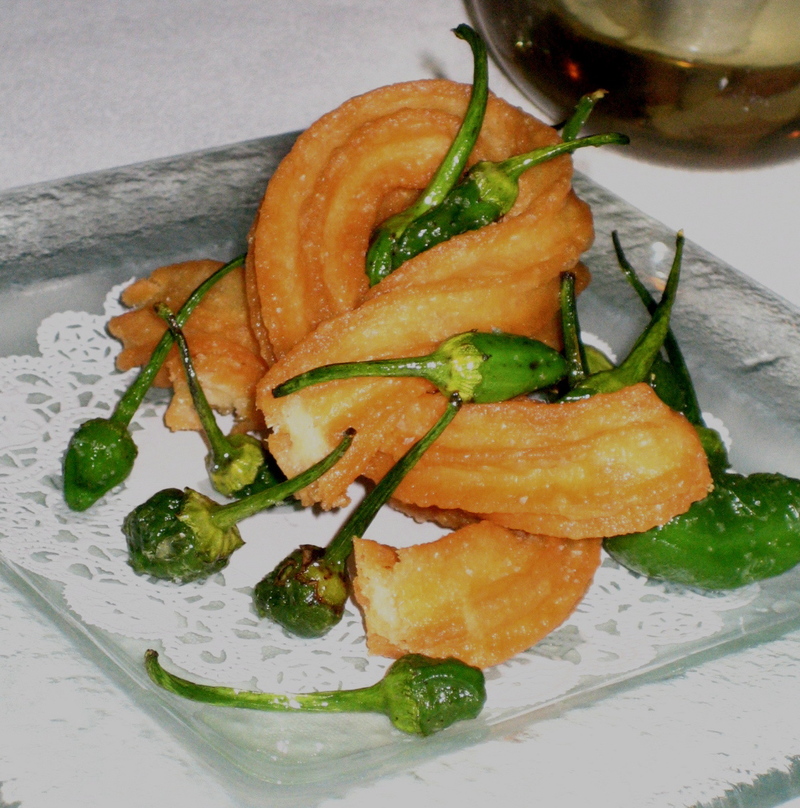Luxury Living Trends for 2008

As 2007 winds down, we can reflect on the challenges we endured – teetering economy, soaring gas prices, crashing real estate market, and unrest around the world. But KWE Group believes luxury travel markets will continue to expand, while consumers of high-end products will hone their tastes ever more pointedly. The urge for self expression will spread, while a new ethical and environmental consciousness will take a firmer hold. These are among the many forces that will help dictate luxury tourism trends and lifestyle trends in 2008.
Luxury travel markets will continue to expand, while consumers of high-end products will hone their tastes ever more pointedly. The urge for self expression will spread, while a new ethical and environmental consciousness will take a firmer hold. These are among the many forces that will help dictate luxury tourism trends and lifestyle trends in 2008.
1. Traditional demographics won’t define luxury consumers. Buying behavior, geography, interests and connoisseurship will become the new definition of wealth, particularly in emerging markets where luxury status will be displayed outwardly via symbols: luxury goods and labels such as Louis Vuitton handbags or Chanel cuffs, ubiquitous among their peers.
Mature affluents are gravitating to “stealth wealth.” They seek luxury travel products that express personal interests and style, and those which require connoisseurship. They prize uniqueness and limited-edition luxe: originals, one-of-a-kind objects, which are expensive and highly collectible. Think men’s shirts with the monograms inside the sleeves, bespoke Hermes and non-branded, one-of-a-kind hotels that reflect the owner’s exquisite taste, selectivity and demanding standards. To know and appreciate these products, one must savor subtle details and be in the loop.
2. Relationships with family and friends take center stage. Accelerating since 9/11 and fueled by a backlash against 24/7 work schedules and dehumanizing technology, a tourism trend that is growing at a faster rate than all other sectors is family travel. A recent survey of American Express travel agents revealed a significant rise in luxury travel among families; 82% wanted high-end hotels with kids programs and 56% were traveling with nannies. Parents, grandparents and friends are looking to travel as a way to reunite, and to celebrate life’s landmark events. Business trips with the whole family will become as common as tag-along spouses, while high-end business hotels and resorts will get on board with family travel trends, rolling out the red carpet with special suites and villas.
3. Creativity checks in. As Thomas Friedman writes in “The World is Flat,” we are living in the Talent Age. Companies will need to innovate to set themselves apart by finding new solutions and alliances to tap into fresh talent. The right side of the brain will trump the left as creativity and design sell. Look to more companies to follow the lead of Richemont, a Swiss luxury goods conglomerate (Cartier, Montblanc, Dunhill and others), which established The Creative Academy, its own international Master of Arts in Design school, an alliance that bears creative fruits.
4. Concierges are king. A lack of time and information overload for the affluent to sort through, and they will pay experts to create lives they desire. As a lifestyle trend, personal concierges are all the rage. They’re curators for sourcing flowers, a home or even friends, even helping clients define their own tastes and style.
In retail, it’s “curated consumption” – stores offering the finest designs, already individually selected by the proprietor for buyers of electronics, fashion, furniture, etc. There’s an online model – www.couturelab.com– a brilliant webzine that promises to be the template for other luxury products. Luxury travel brands will be expected to go beyond providing just luxury service and hospitality in their hotel, cruise ship or airline. They will be pressed to offer quality, inside-track information and time-saving services, such as Virgin Atlantic’s Upper Class Wing – a fast track security channel to get passengers from limo to lounge in ten minutes or less.
5. Altruism and social responsibility are a big lifestyle trend. Differing from the cause-related marketing of the 90s, today’s wealthy want to believe their consumption is helping to save the planet or has an altruistic motive behind it. In a recent HSBC luxury goods report, a graphic of American psychologist Abraham Maslow detailed an emotional needs hierarchy. The top, being linked to a higher cause. He said: “The future of luxury will be about imparting real meaning into a product.” The product itself must be sustainable and show a genuine sensitivity to community. The operative words here, as succinctly put by London’s Future Laboratory, are the three “T”s: truth, transparency and trust. A good example of the future’s responsible luxury, courtesy of Jeffrey Miller, consultant and columnist for Luxury Briefing: a Gucci Green Car.
6. Health, well-being and looking good continue to move up in financial priorities. The New York Times recently documented the lives and beauty budgets of three women in different parts of the country. One, a real estate agent from Los Angeles, admitted she regularly spent several thousand dollars monthly just for “maintenance,” just to “be in the game.” Lifestyle trends such as this fueled the spa and medical tourism boom in 2007. Spas are going well beyond the dedicated spa outlet or the home spa, and branching out into mobile spas, “macho” spas for men, and even pets. We are seeing the advent of medical real estate, where entire communities are in the works, such as Cooper Life at Craig Ranch in Texas. Monthly fees provide luxuries, including annual physical examinations and doctor house calls. Five star hotels are increasingly offering medi-healthy packages in alliance with neighboring medical facilities. Next? The buzzword will be “age management” programs to help the rich look and feel young.
7. Saving time is the greatest luxury among travel trends. Any service that achieves this will be a big winner (as evidenced by the number of jet sales and private jet charter companies serving time-starved travelers. Major airports are becoming luxury travel/shopping destinations, targeting power spenders on layovers. Aside from the bevy of high-end watches and handbags, Heathrow’s Terminal 5, set to open in March 2008, will have a two-story Harrod’s department store, stocking only luxury brands. Additionally, numerous companies are springing up to train armies of professional household and estate managers (butlers, maids, personal chefs, wine stewards, etc.). There’s even a new real estate development in Umbria that offers farmhouses with onsite architect, contractors, artisans and maintenance staff, so the owner can move in with just a suitcase. Lenovo just introduced its ThinkPad Reserved Edition ($4999) that comes with supple leather case and in-person assistance on call, guaranteed within four hours.
8. Big money follows culture and is big news. From Miami’s burgeoning Art Basel to the celeb-filled Sundance Film Festival, publicity seekers should take note of the international coverage that cultural events are receiving. Art tie-ins also make good financial sense: Sotheby’s introduced a co-branded World Elite MasterCard, giving cardholders VIP access to cultural events and receptions, even guided tours of newly excavated, private areas of Angkor Wat. More and more hotels are realizing that art attracts a certain art-savvy clientele, who are happy to spend freely on suites, spa treatments and fine wines. We will continue to see hotels become houses of culture, with in-house museums, curators, artists as interior designers, and stepped up marketing efforts that embrace culture. We will see more luxury retail and commercial spaces being treated as curatorial, artistic projects, such as Ferragamo’s flagship in New York: a boutique, corporate office and museum under one roof. Seen, too, are online sites such as Artipolis, a private members club for individuals who meet on- and off-line to share their passion for the arts.
9. The affluent are sated with product and look to unique experiences. Luxury travel is being redefined as experiences as consumers are inundated with products. Today’s well-traveled affluents want new, exciting experiences; to be intrigued, entertained and enlightened. They will spend top dollar to be first, or reach the most remote, exotic places. Witness how quickly suborbital flights and space travel took off. Taking advantage of lifestyle trends, marketers need to think big by turning any product into a life-enhancing experience. This can mean asking how visitors could have interactive experiences instead of passively visiting the Forum in Rome or the pyramids of Teotihuacán. When selling multi-million-dollar condos, marketers must go beyond touting professional style kitchens, but throw in a dinner party cooked by a personal chef when the buyer receives the keys, or a personal training session in a state-of-the-art triathlete fitness center. A travel trend that rates highly is acquiring knowledge and expressing one’s creative side. Hotels, resorts and destination management companies are going well beyond cooking classes to offer everything from videography to tea ceremonies and instruction in the visual arts; even gallantry at Paris’ Belle Ecole.
10. Space, space and more space is luxury. I recall what contemporary music composer John Cage said: the greatest luxuries are time and space. Especially when it comes to first class travel, airlines are vying to outdo rivals in offering the world’s largest airplane bed. Witness Singapore Airlines’ new private suites with double beds that sleep two. It will mean over-sizing hotel guest rooms and ship cabins, not just plush interior furnishings and amenities. Top hotel suites will get larger and pricier, appealing to the super wealthy accustomed to homes of 10,000 sq.ft. or more.
